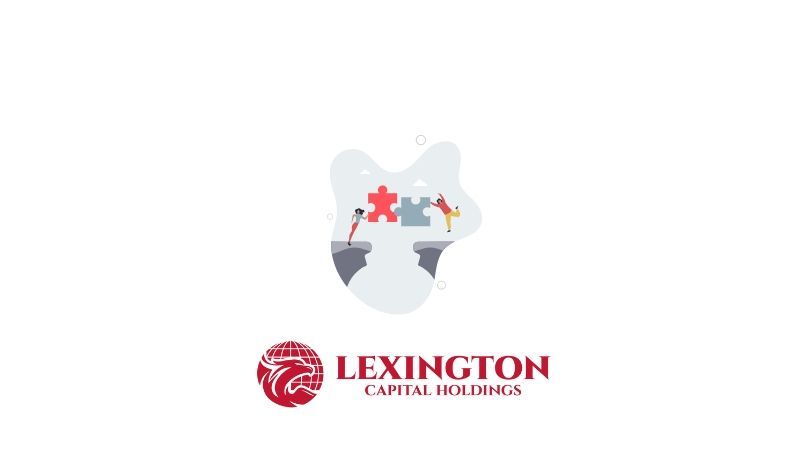The Compound Effect of Good Financial Habits in Business
Why the Small Things You Do Today Can Shape the Future of Your Business By Lexington Capital Holdings
When most business owners think about financial success, they picture the big moments: landing a major client, securing a large round of funding, or hitting that revenue milestone.
But what if the real game-changer isn’t one big decision, but the small ones you make every single day?
That’s the heart of the compound effect—and in business finance, it’s more powerful than you think.
What Is the Compound Effect?
The compound effect is the idea that tiny, consistent actions over time add up to significant results. You’ve seen this in personal finance—saving just $100 a month eventually builds real wealth. But in business, it looks like:
- Keeping close tabs on your cash flow
- Building an emergency fund slowly but surely
- Paying your bills early or on time
- Staying on top of financial reports—even when it’s not urgent
- Being intentional with credit use
Individually, none of these things seem like a major breakthrough. But together, and practiced over time? They create a foundation strong enough to support serious growth.
Why It Matters (Especially for Funding)
At Lexington Capital Holdings, we talk to business owners every day who are looking for capital. One thing we always say: your financial habits tell your business’s story. And that story matters to lenders.
Here’s what consistent habits signal:
- ✅ You’re reliable
- ✅ You’re proactive
- ✅ You can handle responsibility (aka: funding!)
- ✅ You understand the importance of planning
Lenders, investors, and partners all look for signs of long-term viability. The small actions you’re taking today can build—or break—that trust.
4 Habits That Really Pay Off
Here are a few habits that don’t get much attention, but have a major compounding effect on your financial health:
1. Cash Flow Check-ins
Look at your inflows and outflows weekly. You’ll spot red flags earlier and have more control over decision-making.
2. Scheduled Financial Reviews
Set aside time monthly to review your profit & loss, balance sheet, and upcoming expenses. The clarity it brings is worth its weight in gold.
3. Debt Management
Avoid maxing out credit, and make payments early when you can. Strong credit behavior today improves your options tomorrow.
4. Emergency Reserves
Even setting aside a small percentage of your monthly revenue can create a buffer that protects your business during slow months or unexpected expenses.
Start Small—But Start Now
The good news? You don’t need to overhaul your entire financial system overnight. Pick one habit. Get consistent. Then layer in the next one.
Whether it’s reviewing your numbers every Monday morning or reaching out for a financial consultation once a quarter, it’s the consistency that compounds—not perfection.
Final Thoughts
The businesses that last aren’t just led by visionaries—they’re led by owners who understand that great habits quietly power great companies.
If you’re working on building those habits, or ready to explore how smarter funding fits into your bigger picture, we’re here to help.











